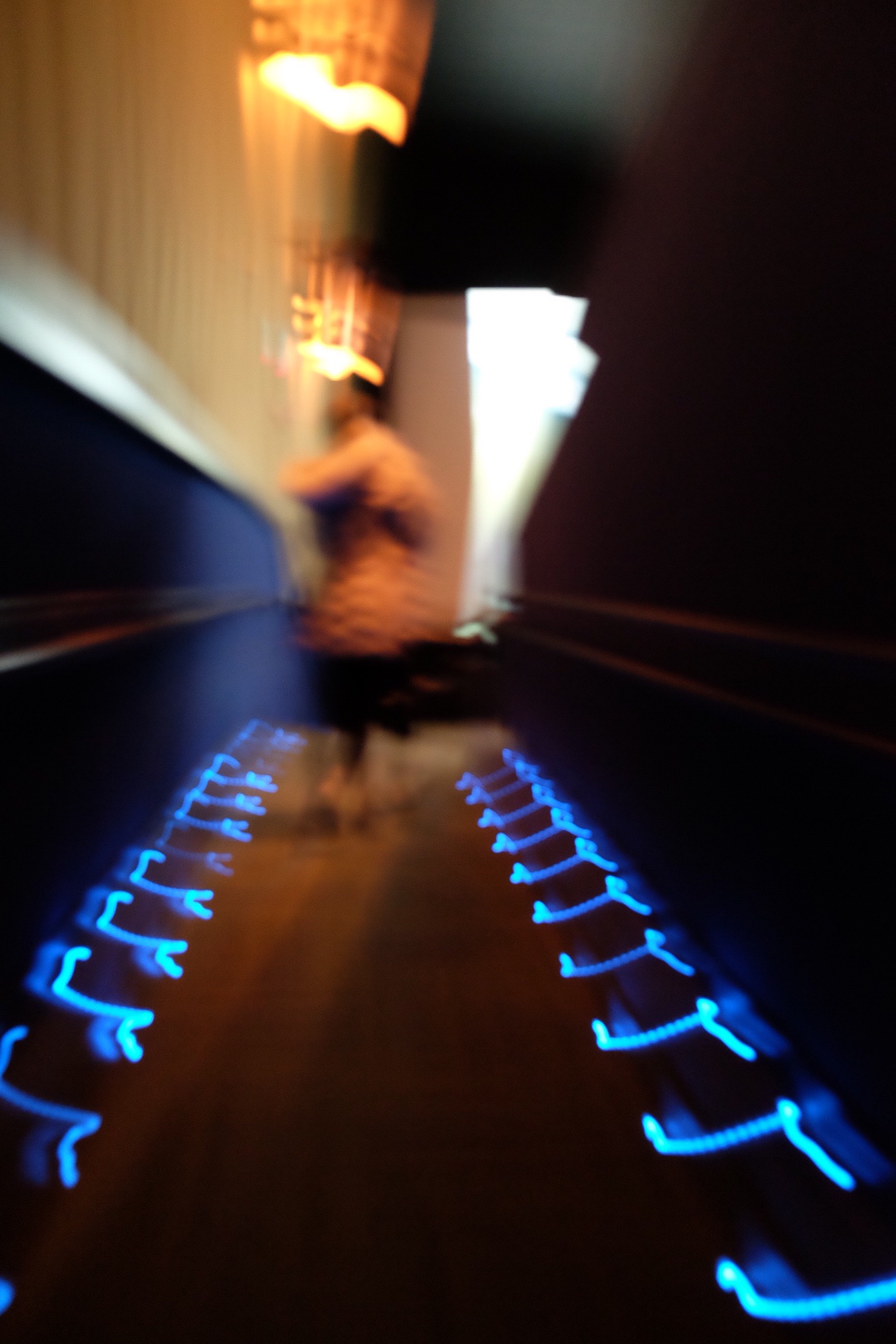When I was a kid, Alvin was a dog in my neighborhood with an underbite and a pushed-in snout. Mostly soft gray, but with wiry patches of whisker-like black fur sprouting up here and there, everyone agreed that this dog was ugly. Everyone, that is, except Alvin, who wandered from house to house with the confidence of a catwalk model. He was, we kids used to say, mimicking someone’s parents, “so ugly he was cute.” Alvin was a surprise, a delight that never entirely melted into our world of identical rental duplexes and Star Wars lunch boxes.
The idea of an aesthetic appeal born of the unexpected, especially of contrast, is familiar to all of us: the boho eclecticism of dinnerware pieced together over time, a high femme woman in a men’s suit, pretty floral perfume grounded in dirty musk. Such juxtapositions have a startling appeal that many of us find irresistible: the adonis face with a too-large nose, or sweet mango cookies cut with briny seaweed. In cultures that have long been subject to McDonalds-ization, with deserts of beige subdivisions and swarms of Nike sweatshirts, pops of aesthetic novelty serve as a kind of tonic. They may even have the power to jolt us out of the habit of being our usual selves, at least for a moment.

I wonder, in fact, if this isn’t part of the point of a stylistic sensibility that we might as well call “queer,” that it revels in unpredictable paradoxes and contradictions, especially gender-based ones, as it defies unspoken expectations of dualistic symmetry and balance. Queer style is most certainly not about hiding out by fitting in, then, but nor is it necessarily about making a splash for the sheer sake of disturbing the peace. It is, perhaps, more about letting line, color, and form wander playfully — like an unselfconscious, chimerical mutt — rather than self-policing in anticipation that one will be ridiculed or rejected.
It isn’t simply that queer style specializes in being an expression of pure individualism, because all individuals are reflections, distillations, and distortions of the collective to some degree. And exhorting oneself to live uniquely, rather than as a member of the herd, can result merely in a shift of one’s herd loyalty, for example, from yuppie to hipster. Queer style tends to emerge and proliferate in subcultures, of course, and is then absorbed with increasing rapidity into the mainstream until it seems not so very queer after all. And it’s relative and contextual. What shocks in Kalamazoo would probably raise zero eyebrows in West Hollywood.

These are aesthetic surprises worth cultivating, regardless of our sexuality, in part because they can yank us from a gendered ennui in which we have already determined precisely who everyone is. This stylistic nudge can function like a string around our finger, a reminder to reach out to the what-might-be, rather than rooting more stubbornly into the what-should-be. The queer aesthete, then, might not be shouting, “Look at me!” so much as “Look at life! Isn’t it gorgeous in its defiance of expectation?” The fact that queer style so often becomes an excuse for persecution and violence is itself stark evidence of its power to reshape psychological and political landscapes.

I discovered your excellent blog recently, and this thoughtful post has prompted my first comment. Given the brutality of the current political landscape, it is wonderful to be able to find joy, creativity, and beauty in queer culture. I loved your concept of an “unselfconscious, chimerical mutt,” which immediately made me think of Yvie Oddly’s art and performances.
LikeLike
Thanks so much for you lovely comment, Grayspoole, and for pointing me to Oddly. Really appreciate that you took the time to stop by especially since there aren’t a gazillion people who are interested in this convergence of issues/observations. It’s nice to have company!
LikeLike